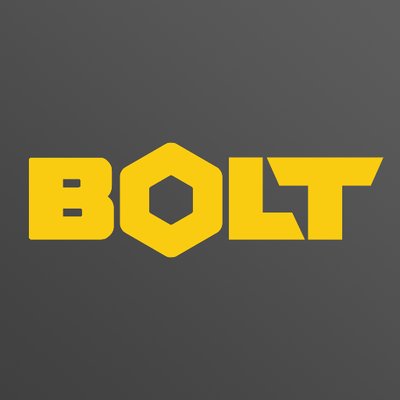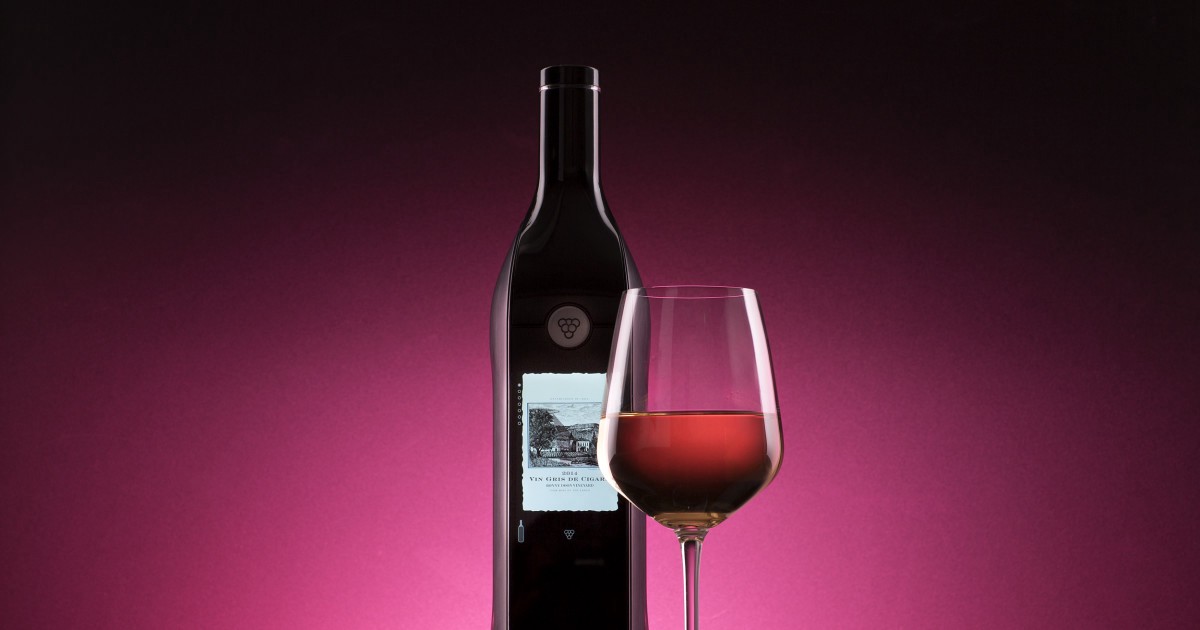
Some industries have much higher barriers to entry than others. In many cases, there are obvious, rational reasons for this. Disrupting drug companies (Genzyme/Pillpack) takes vast amounts of capital to ensure safety and efficacy. Disrupting taxi companies (Uber/Lyft) requires enough scale to overcome onerous bureaucracies and disparate geographies. Many of these battles are simply the cost of doing business and easy to foresee. However, most entrepreneurs learn their chosen industry is far more difficult to disrupt than they originally thought. Usually they learn this years after starting the company.
Rational Barriers To Entry
As an early stage investor, we’re looking for markets that seem ripe for disruption but with low enough barriers to entry that a small, underfinanced startup can make an impact. With hardware products, we’re looking for:
- A diverse consumer base. This allows entrants to hone in on a small, high-need market segment and gradually expand to build a venture-scale business. This is necessary for nearly all consumer startups.
- Minimal innovation. Some industries haven’t brought much innovation to market due to market dynamics (ie regulations, geography, or financing). Other verticals are already highly competitive and commoditized.
- Disconnected brands and consumers. Product categories where brands don’t have a close connection with their target consumers. Some of the most interesting hardware businesses reshape this relationship and shorten the supply chain to the consumer (ie Warby Parker and Casper).
- Confused and frustrated consumers. Too much choice often leads to confused customers. For example, traditional mattress companies have complex product lines, varied prices without obvious differentiation, an arcane buying process with slimy salespeople, and frustrating 6 hour delivery windows.
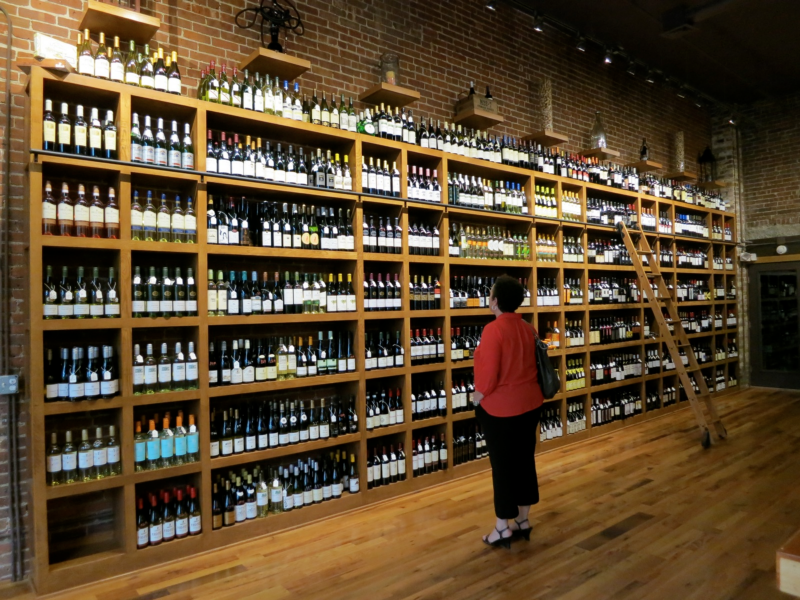
One of my favorite examples of a product category that appears to be ripe for disruption is the wine industry:
- Diverse consumer base. $40B of wine is consumed in the US every year. It ranges from two-buck-Chuck and Franzia to $500 bottles of Dom Pérignon and everything in-between. Few product categories are as diverse as wine.
- Minimal innovation. Vineyards focus on one thing: making wine. Wine brands tend to be terrible when it comes to experimenting with new technologies to improve the wine buying and drinking experience.
- Disconnected brands and consumers. Vineyards make wine. Bottling companies put juice into glass and slap on a label. Distributors pick it up. Wholesalers ship it to retailers. Consumers wander around aimlessly trying to figure out what to buy. This results in embarrassingly small margins for vineyards. It’s a system with a huge amount of entropy.
- Confused and frustrated consumers. The average consumer doesn’t know the first thing about what kind of wine they like or how to drink it (myself included). Consumers rate the design of the label and the suggestion of the store clerk as #1 and #2 reasons for picking a bottle to buy.
If wine is so ripe for disruption then building a company to disrupt the wine market should be easy, right?
Emotional Barriers to Entry
Hardware markets have non-obvious hurdles startups must overcome: the emotional aspects of the product experience. Every product category has its own types of emotional barriers to entry, but some are more challenging than others:
- Ritual. As products evolve throughout history, they merge with culture to become deep-seated in the psyche of consumers. Humans have been drinking wine for many thousands of years and the experience hasn’t changed much. There is a long history (about 300 years) of wine in glass bottles and cork stoppers. This is sewn into the fabric of wine culture and anything that tries to disrupt glass and cork tends to be very hard for consumers to endorse. Think wine-in-a-box and synthetic corks: the industry has an allergic reaction to anything even slightly innovative.
- Gatekeepers. Consumers are often made to feel inferior to a class of elite “experts” in certain industries. Mattresses, eyeglasses, cars (and of course wine) are all good examples of industries with experts that “know more than you” and will help “guide you to make the right purchase decision.” Some, like in the wine world, go so far as to serve as gatekeepers for the entire industry: anointing certain wines, creating objective ratings for extremely subjective experiences, and even creating a caste system of sommeliers to “educate” wine drinkers at fancy restaurants.
- Disempowerment. Complex distribution systems create information asymmetry between producers and consumers. This is bad for both ends of the supply chain: producers often feel like they don’t fully understand their customer base and consumers have trouble connecting with the brands they love. But cutting distributors out of the supply chain turns out to be extremely challenging. Over time, wine consumers and vineyards have built up a dependency to these middlemen (consumers in most states don’t know they can have wine shipped to them, and producers rarely understand who drinks their wine or even where it goes after the unmarked box truck picks it up from their bottling line.)
These three hurdles collude to create a series of complex barriers to entry that make it challenging to build a product that consumers will happily buy to displace their existing product.
Overcoming Emotional Barriers
Two years ago, we made a big bet on Kuvée with the opinion that wine is a in desperate need of change. Kuvée’s system hinges on an intelligent wine sleeve that keeps wine fresh for 30 days after opening and wine in proprietary bottles that are optimized for cost-effective shipping. We worked with the Kuvée team to rethink the wine experience: from discovering wines you’ll love and moving bottles around the world to drinking/preserving wine and finally re-ordering wines you love.
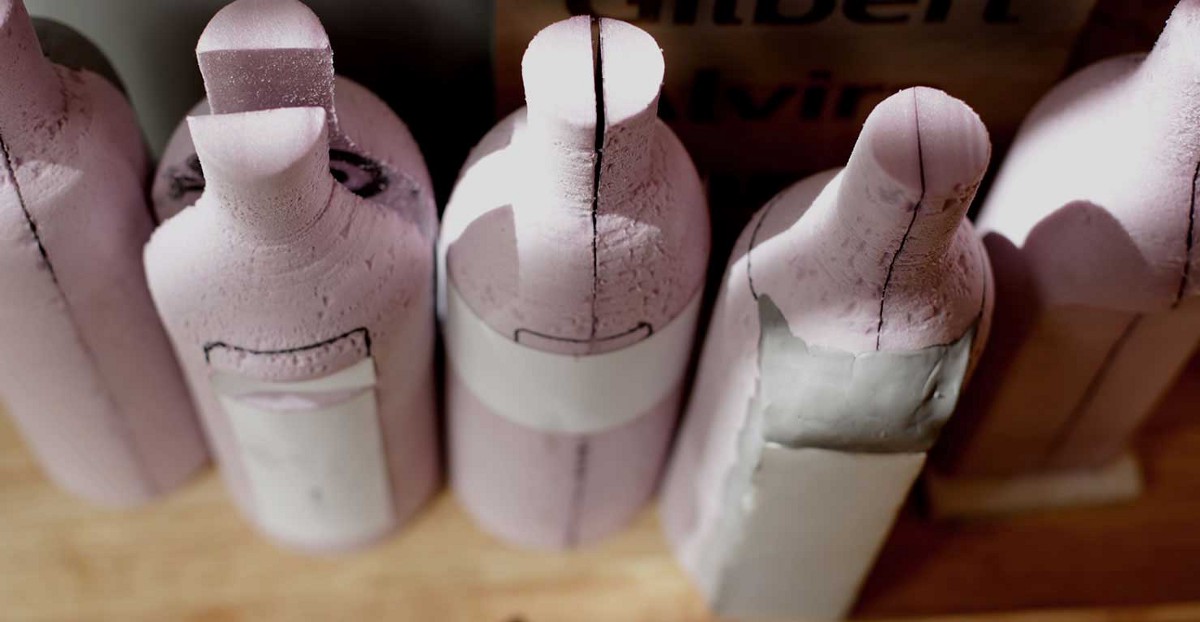
But as the Kuvée team went through the process, they ran into all three emotional roadblocks of disruption. In order to build a product that consumers are comfortable trying, I tend to see three tactics that work extremely well:
Test early, test often. Building a product that users LOVE is paramount to overcoming the emotional aspects of existing products. Startups that build a product that users “kind of” like or is a little bit better than that status quo make it nearly impossible to overcome the inertia of ritual. Kuvée had been building and testing bottles for over two years before announcing anything publicly. Recording the experience of these early customers can be an extremely powerful marketing tool to overcome ritual. This is what a few people said about the experience of using Kuvée for 30 days:
Incentivize stakeholders. For the wine market, the vast majority of vineyards lose anywhere from 60 to 80 points of margin in distribution (this is what happens when a product passes from wholesalers to distributors to retailers). By providing a differentiated platform that replaces these three entities with one, consumers pay less while vineyards collect more profit. Turns out increased margin for the vineyard is an extremely effective incentive. It also helps to aggressively advertise the brands of your partners:
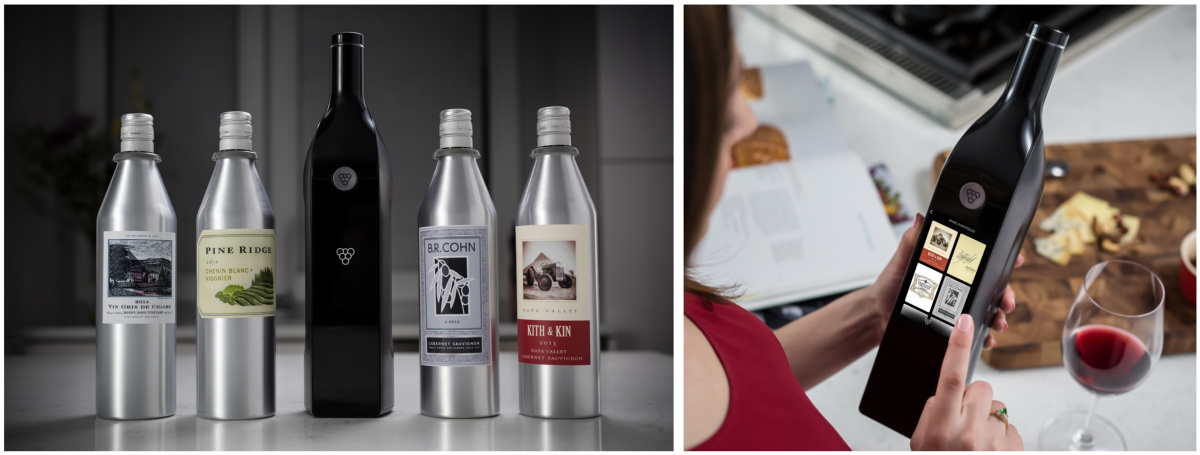
Turn gatekeepers into evangelists. Many startups try to swim upstream against the status quo with the “if you build it, they will come” mentality. Turns out it’s very hard to go around gatekeepers in certain industries. Because of the general public’s lack of education about wine, sommeliers and other wine gatekeepers hold a lot of power in swaying opinion. Rather than try to outmaneuver them, Kuvée worked to get key experts in their field to love and talk about their product. This can be an extremely effective tool in building a loyal consumer following quickly.
https://www.youtube.com/embed/FPEv-pGGNPw
In the end, the companies with the best consumer experience usually win these battles but it takes deep pockets and strong consumer advocacy to overcome the emotional barriers of ritual, gatekeepers, and disempowerment. While none of these qualities are easy to overcome, ask yourself early and often if your company might have emotional barriers to entry lurking around corners: it will greatly help you ensure you don’t get blindsided.
Ben Einstein was one of the founders of Bolt. You can find him on LinkedIn.
Bolt invests at the intersection of the digital and physical world.
